Minas Gillas Donna Farm, Brazil introduces the flavor of Brazilian coffee.
Professional barista communication, please pay attention to coffee workshop (Weixin Official Accounts cafe_style )
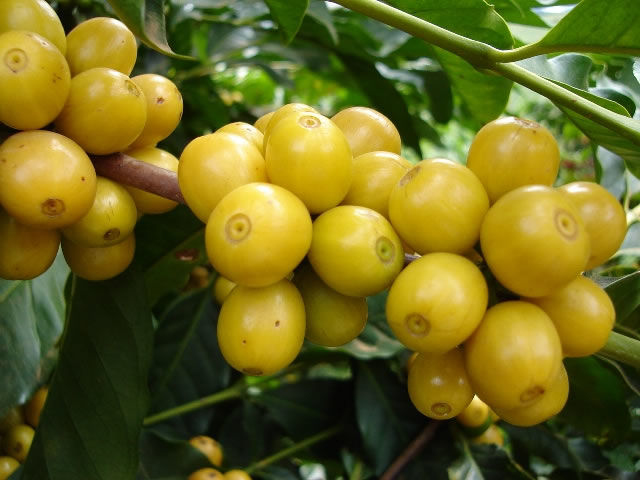
Brazil Minas Gerais Donna Farm UTZ+RFA
Coffee was first introduced to Brazil in the early 18th century. In 1727, the Brazilian government sent a handsome army officer to secretly bring coffee seeds back to Brazil from French Guiana on the grounds of mediating border disputes. It is said that the wife of the governor of French Guiana at that time was deeply fascinated by this officer, so she secretly sent coffee seeds to him in a bouquet at a farewell dinner. At present, Brazil has two million hectares of land used to grow coffee. Over 70% of the largest crop is Arabica, and these beans end up in the hands of large bakers in various countries, known as Santos (named after the export port of Santos, not the production area). Brazil has also proved capable of producing fine coffee and small batches of coffee, local fine coffee is not necessarily only available to small-scale coffee farmers, Brazil's main coffee producing areas are Sul de Minas South, Matas de Minas Southeast Forest, Cerrado, Chapadas de Minas Minas North Central Cemetery, Mogiana Mogiana, Paraná Parana Province, Bahia Province. There are traditional varieties and varieties, such as Bourbon, Mondo Novo, Icatú Ikatu, Kaduai, Iapar, cultivated Kaduai.
Brazil is the world's largest coffee producer, accounting for about 30% of coffee production. However, due to Brazil's location in tropical rain forest areas, relatively flat terrain and few high-altitude forests, most coffee is planted in low-altitude non-volcanic soil areas, and there is not much shade as shade, resulting in the rapid growth of Brazilian beans, but the coffee density is soft and the flavor does not change much. In addition to large-scale harvesting of coffee beans by machinery, coffee with a wide range of maturity is harvested at the same time, so that the quality of Brazilian beans is not particularly outstanding and has remained in the category of commercial beans. After 2000, coffee quality was appreciated in the southern high-altitude regions because of the coffee competition, mainly in the farms around the Minas plateau, and the coffee quality was the largest in Brazil, such as the cirado in the west of Minas and the Matas in the east. In recent years, coffee competitions have been precise enough to differentiate between treatments (water treatment, semi-washing, semi-sun, sun), developing a wide variety of flavors, tastes, and aftertastes that are completely different from traditional Brazilian coffee. In particular, the semi-sun and solarization method performed best, clean and low-acid fruit aroma increased, so that the rich chocolate flavor decreased.
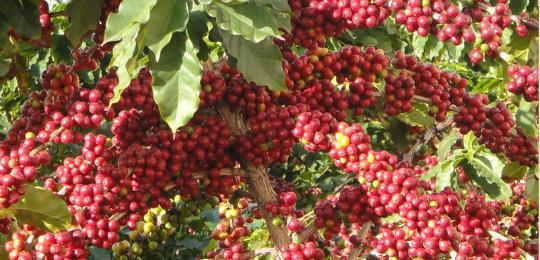
Brazil Dona Farm is located in the southern region of Minas and is owned by the Campos family. Coffee cultivation began in 1977. Green standards were set early in the cultivation and far exceeded Brazil's environmental laws. Drainage is subsidized and maintained for local rivers. Only ripe red cherries are harvested by hand. It maintains its own nursery providing nearly 10% of the annual yield.
Property Characteristics: Farms
Farmer Farm Owner: Fazenda Dona Nemen Dona Farm
City CITY: Minas Gerais State Minas Gerais
Country: Brazil
Altitude: 900~1,000 m
Farm Size Farm Size: 110,000 coffee engaged population
Coffee Characteristics: Coffee characteristics
Variety Variety: Catuaí, Catucaí, Yellow Bourbon Catuaí, Yellow Bourbon
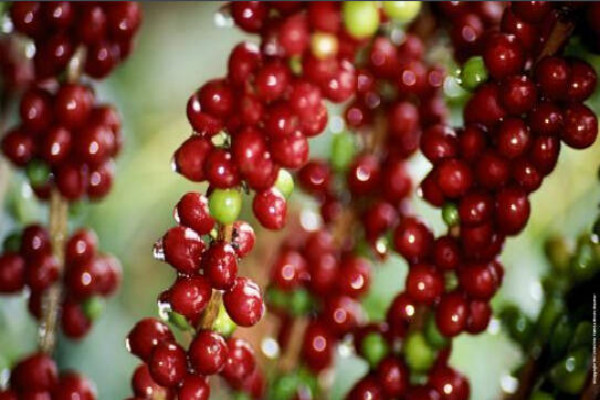
Processing System: Pulped Natural Solarization
Appearance: 16-18 Screen(16~18 mesh)
Top Jury Descriptions Comments: Cinnamon 60 seconds after explosion
aroma/flavor: vanilla, nutty, sesame, ghee, cinnamon, smoke, sugar cane, caramel, chocolate, esters
Acid: citrus, blueberry, flower oxalic acid, orange
Complex complexity with other: clean aroma, caramel sweetness attractive, acidity not strong with a mixed feeling, medium baking intensity suitable for making base beans
Date of cup test: March 29, 2014
Dry aroma: 8
Wet aroma: 8
Clean: 8
Sweetness: 9
Acid: 7
Taste: 8
Flavor: 8
Aftermath: 8
Balance: 9
Overall: 8
Cup score: 81
Important Notice :
前街咖啡 FrontStreet Coffee has moved to new addredd:
FrontStreet Coffee Address: 315,Donghua East Road,GuangZhou
Tel:020 38364473
- Prev
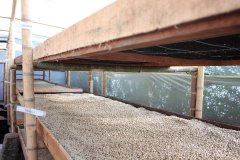
Introduction to geisha at Inmakulada Manor, Cauca, Colombia
Professional barista communication please follow the coffee workshop (Wechat official account cafe_style) Columbia geisha Finca Inmakulada varieties: geisha berry picking: manual treatment: sun drying after washing: 2014 packing: vacuum box origin: Cauca Valley growth height: 1770-2040 meters above sea level Inmakulada Manor Inmakulada Manor-located in Cauca Mountain
- Next
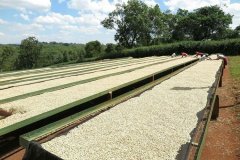
Colombia St. Augustine small Farmer's selection Bean introduction Colombia Huilan introduction
For the exchange of professional baristas, please follow the coffee workshop (Wechat official account cafe_style) Colombia St. Augustine selected beans for small farmers Colombia is now the third largest coffee producer in the world, once second only to Brazil, but in recent years Vietnam coffee, which specializes in the production of Robusta stout beans, has overtaken Colombia. Colombia first planted the so-called
Related
- Does Rose Summer choose Blue, Green or Red? Detailed explanation of Rose Summer Coffee plots and Classification in Panamanian Jade Manor
- What is the difference between the origin, producing area, processing plant, cooperative and manor of coffee beans?
- How fine does the espresso powder fit? how to grind the espresso?
- Sca coffee roasting degree color card coffee roasting degree 8 roasting color values what do you mean?
- The practice of lattes: how to make lattes at home
- Introduction to Indonesian Fine Coffee beans-- Java Coffee producing area of Indonesian Arabica Coffee
- How much will the flavor of light and medium roasted rose summer be expressed? What baking level is rose summer suitable for?
- Introduction to the characteristics of washing, sun-drying or wet-planing coffee commonly used in Mantenin, Indonesia
- Price characteristics of Arabica Coffee Bean Starbucks introduction to Manning Coffee Bean Taste producing area Variety Manor
- What is the authentic Yega flavor? What are the flavor characteristics of the really excellent Yejasuffi coffee beans?

